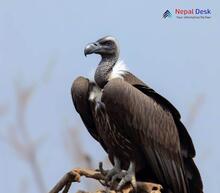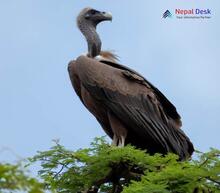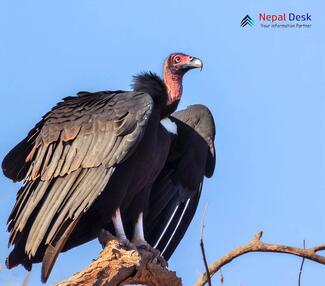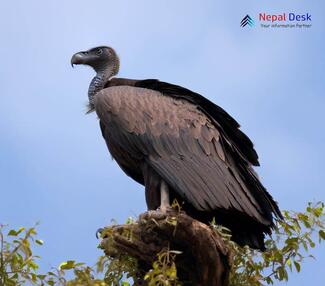Nestled within the majestic Himalayan mountains lies Nepal, a small yet diverse country that attracts millions of travelers each year. While Nepal is often associated with iconic treks and breathtaking landscapes, it's also home to an amazing array of fauna and avifauna. Among these winged inhabitants lies the fascinating Aegypiinae bird subfamily, which makes Nepal a true paradise for bird enthusiasts and nature lovers alike.
The Aegypiinae subfamily: A Glimpse into the World of scavenging birds
Belonging to the Accipitridae family, the Aegypiinae subfamily comprises nine species of Old World vultures, each exhibiting unique characteristics and adaptations. These scavenging birds play a crucial role in our ecosystem by disposing of dead animals and disease-ridden carcasses that could otherwise harm other species.
Birdwatching in Nepal: Uncovering the mysteries of the Aegypiinae subfamily
Though some of these captivating scavengers are found across Asia, Africa, and Europe, Nepal boasts several species native to its rich landscapes. Whether you're an experienced ornithologist or simply a birdwatcher at heart, observing and studying the Aegypiinae subfamily in their natural habitat is an unforgettable experience.
To ensure you make the most of your birdwatching excursion in Nepal, here are several tips to keep in mind:
Embrace nature's diversity: The nation's distinct geography - from lush jungles to towering peaks - lets you experience a range of habitats that support various Aegypiinae species; don't be afraid to explore new terrains.
Venture beyond popular sites: Although it may be tempting to stick to well-known tourist spots, venturing off the beaten path can lead to more rewarding sightings of these intriguing birds.
Consult local experts: When in doubt about the best locations for birdwatching, enlist the help of local ornithologists and tour guides, as their profound knowledge of regional avifauna and habitats can significantly enhance your experience.
Practice responsible birdwatching: Always adhere to ethical birdwatching practices so as not to disturb these majestic creatures. Keep a respectful distance, avoid using flash photography, and dispose of your waste responsibly.
By visiting Nepal and delving into the Aegypiinae subfamily's enigmatic world, you're also contributing to ongoing conservation efforts that help protect these magnificent birds from the threats facing their population today. So, pack your binoculars and lace up those hiking boots—Nepal's extraordinary feathered inhabitants await your arrival!







